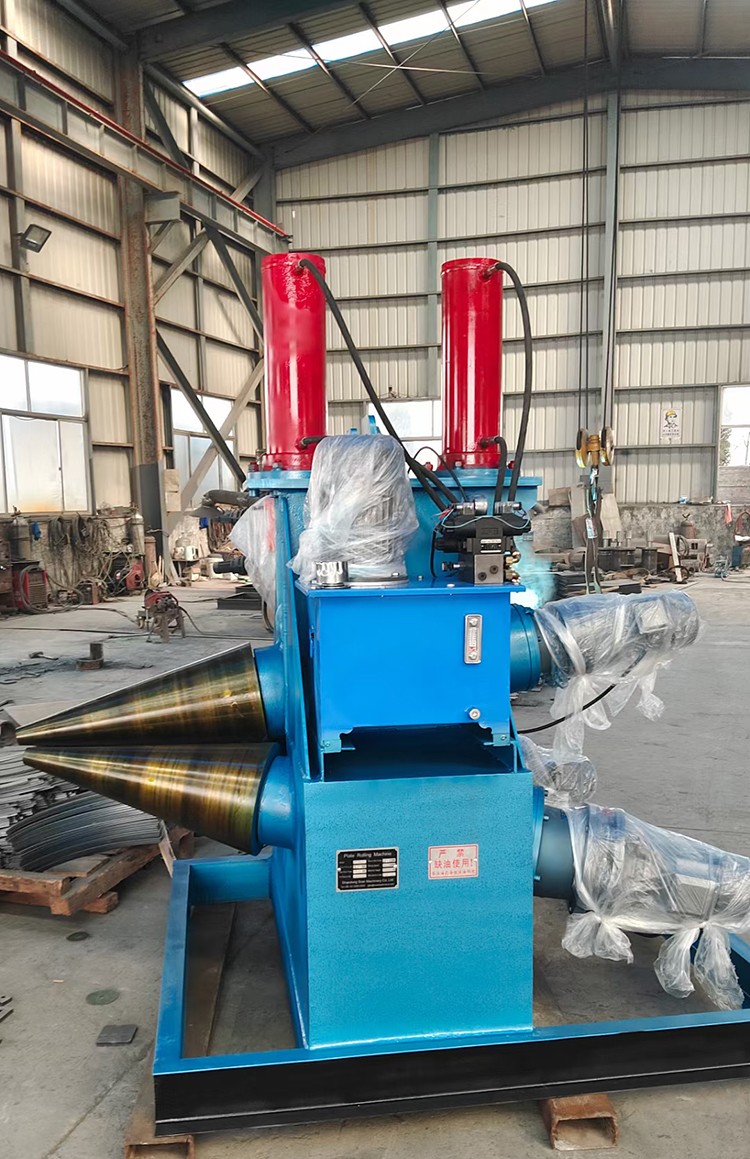

We are a professional manufacturer of cone rolling machines with more than 10 years of experience in the industry. Today, we would like to introduce you to the technological trends of cone rolling machines:

As a key piece of sheet metal forming equipment, taper roll technology has always been centered on precision, efficiency and ease of operation. As the manufacturing industry's demand for complex curved components grows, taper machine technology is undergoing significant changes. This article will analyze the current major technological developments in the field of taper machines.
In terms of control system, intelligent upgrading has become a significant feature. The new generation of cone rolling machine generally adopts all-digital servo control system, real-time feedback roller position information through high-precision encoder to realize closed-loop control. This control method effectively eliminates the hysteresis problem existing in the traditional hydraulic transmission, so that the taper control accuracy reaches ± 0.1 degrees. Some advanced models have been equipped with adaptive algorithms, which can automatically adjust the process parameters according to the material characteristics, reducing manual intervention.
Mechanical structure design presents a modularization trend. Modern cone rolling machine adopts standardized function module combination, the user can according to the processing needs of different specifications of the roller group, support mechanism and feeding device. This design not only improves the flexibility of equipment configuration, but also significantly reduces the downtime during maintenance. Some manufacturers have begun to apply finite element analysis to optimize the frame structure, ensuring rigidity while achieving lightweight equipment.
The drive system is undergoing a technological iteration. Traditional hydraulic drive systems are gradually being replaced by electric servo drives, which offer multiple advantages: energy consumption is reduced by about 30%, response time is improved by 40%, and hydraulic oil leakage is completely eliminated. For large cone rolls, hybrid drive solutions are the new choice, whereby the main pressure roll is hydraulically driven to ensure high torque output and the auxiliary roll is electrically servo-driven for precise positioning.
In terms of the expansion of processing capacity, multi-process compound processing technology is worthy of attention. The newly developed cone rolling machine integrates punching, cutting and other functional units, and can complete a variety of machining processes in a single clamping. This integrated design is particularly suitable for wind turbine towers, chemical containers and other large workpiece manufacturing, can reduce the number of workpiece turnover, improve processing efficiency by about 25%.
The human-machine interface is continuously optimized. The touch screen control terminal has become the standard configuration, and the three-dimensional graphical programming interface makes the operation more intuitive. Some high-end models are equipped with remote monitoring function, which allows you to check the status of the equipment and machining progress in real time through the mobile terminal. The addition of voice prompting system and self-diagnosis function further reduces the difficulty of operation.
The safety protection system has been upgraded significantly. The new generation of cone rolling machine adopts multiple safety protection designs: photoelectric protection device can monitor the operation area in real time, the emergency stop system adopts redundant circuit design, and the key moving parts are equipped with double protection of mechanical limit and electronic limit. These measures make the safety performance of the equipment reach the CE certification standard.
In terms of environmental performance improvement, it is mainly reflected in noise control and energy consumption optimization. By improving the gear transmission structure and installing soundproof cover, the noise of the equipment has been controlled below 75dB. The application of energy recovery system can feed the power generated during braking back to the power grid, reducing the overall energy consumption.
The future of cone rolling machine technology will continue to evolve in the direction of intelligence. A predictive maintenance system based on the Industrial Internet of Things is being tested, which analyzes equipment operating data to provide early warning of potential failures. The application of artificial intelligence technology will further enhance process optimization capabilities, enabling the equipment to learn and improve processing parameters on its own.
Material adaptability expansion is also a focus of R&D. Specialized roll cone technology for new materials such as high-strength steel and composite materials is being developed, focusing on solving rebound control problems. Some experimental models have tried to use local heating or cooling process to improve material molding properties.
Overall, the development of cone rolling machine technology presents the characteristics of intelligence, precision and flexibility. With the deep integration of digital technology and manufacturing technology, roll taper machining will realize the goal of higher precision and higher efficiency, and provide stronger process support for the equipment manufacturing industry. Equipment manufacturers need to continue to pay attention to the changes in user demand and accelerate the pace of technological innovation to maintain market competitiveness.
If you are interested in cone rolling machine, please contact us.
 Address:Room 1202, Detaitang Building, No. 118 Huaguang Road, Zhangdian District, Zibo, Shandong
Address:Room 1202, Detaitang Building, No. 118 Huaguang Road, Zhangdian District, Zibo, Shandong WhatsApp:+8615653328535
WhatsApp:+8615653328535 Wechat: +8615965331535
Wechat: +8615965331535  E-mail:zs@sdsmachinery.com
E-mail:zs@sdsmachinery.com